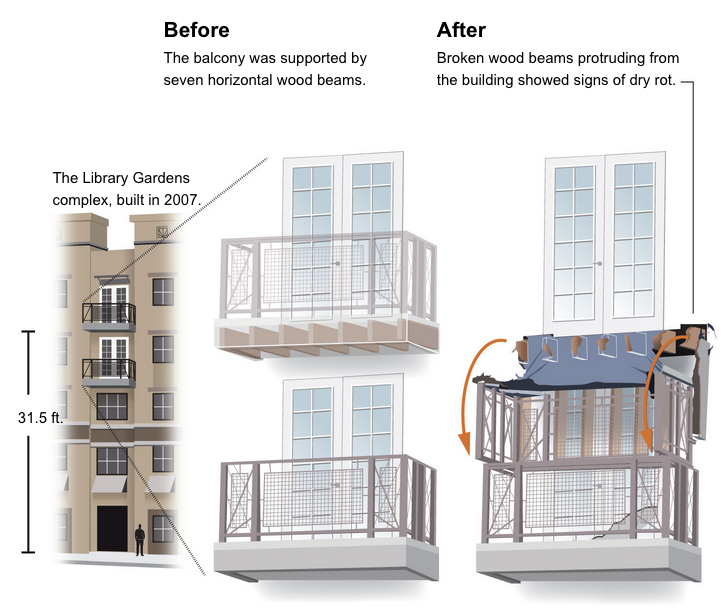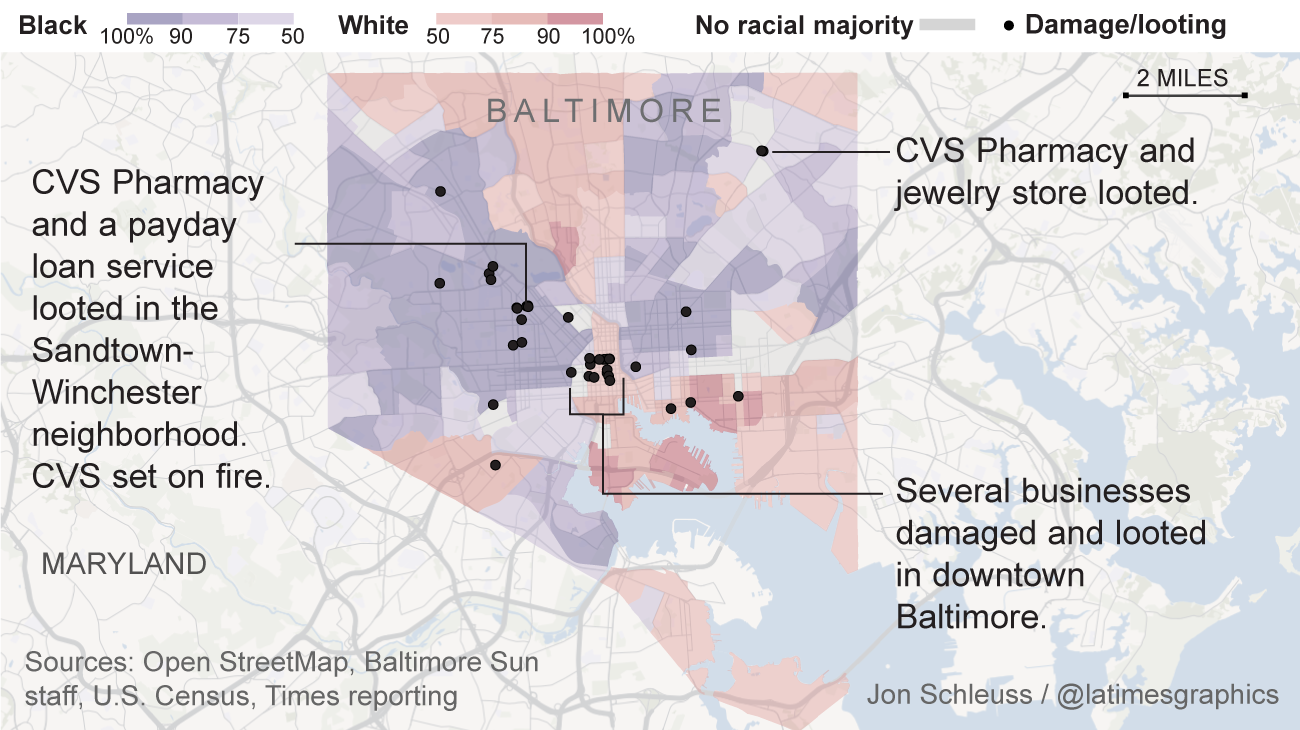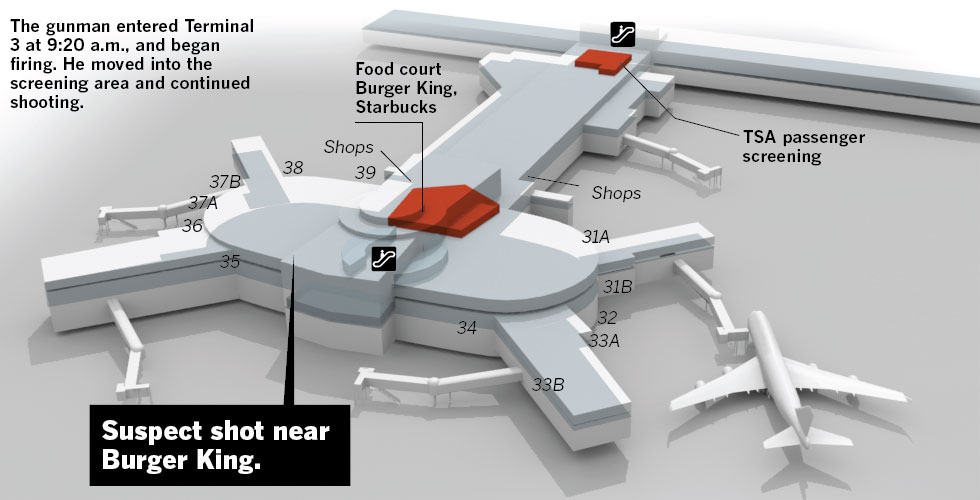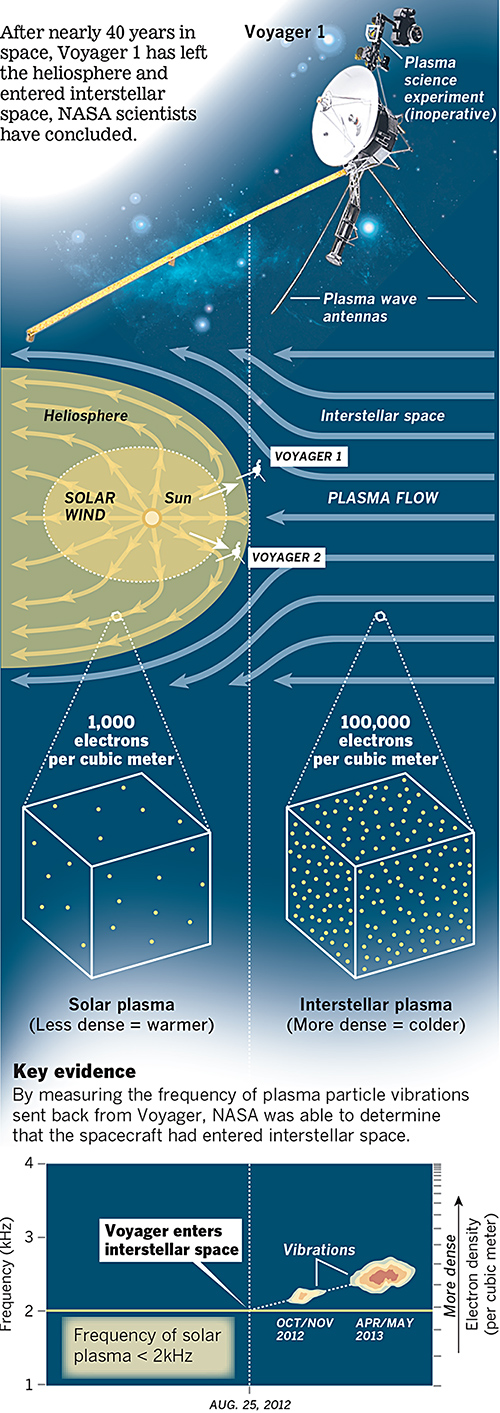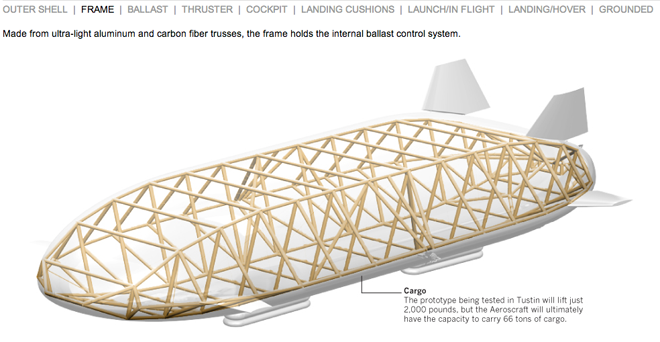As much as I like trains…we need to get back to Trumpcare. As you probably know, it will cover fewer people than Obamacare. Just how many fewer people? Somewhere in the ten to twenty million range. The poor, the elderly, and the sick are those who will be worse off. Because the poor, the elderly, and the sick are the ones who clearly do not need healthcare. Higher-income young people, your subsidies are about to go up.
But I digress, the Los Angeles Times looked at county electoral and tax data to see just where the pain falls geographically, and more importantly where it falls politically. So they took a look specifically at the bracket that will be hurt the most: the poor and elderly, 60 and earning $30,000.

Well, it looks like all those people who voted against the idea of Obamacare just voted themselves to get even less assistance. Trumpcare’s going to be great, guys. Unless you’re old. Or poor. Or sick.
Credit for the piece goes to Priya Krishnakumar.

